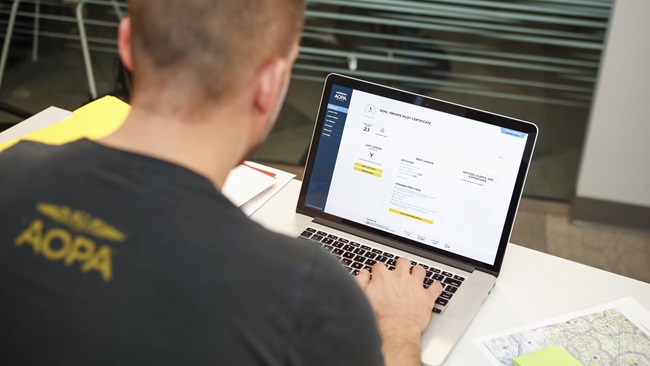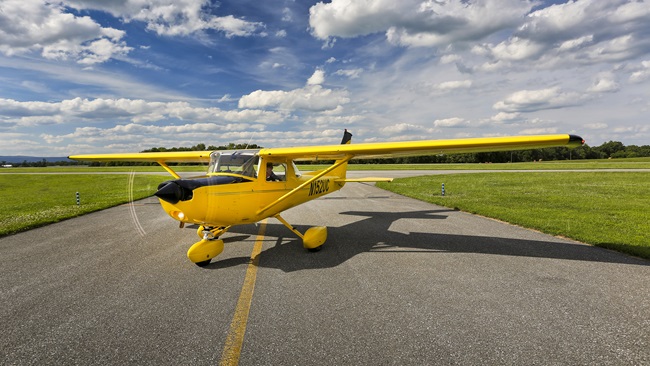You Can Fly: Border crossings
Texas club encourages international flying

The Austin Aviators Flight Club looks like most other small flying clubs—it has 10 members and one airplane, a 1968 Piper Cherokee 235. However, it is different from most clubs—it allows international flying.
“One of the main things for me when I was trying to join a club was to make sure the club would allow international travel,” Club President Ranferi Denova said. “That was something I wanted to do in the future and I wanted reassurance that international flying would be allowed.” Denova was born in Mexico and has family there.
The Austin Aviators is an equity club limited to 10 members. Each paid $5,175, which covered a one-tenth share of the aircraft ($4,200) and $975 went to the initial maintenance budget. If a member leaves the club, he or she is responsible for selling the share, although the club will assist in advertising the opening. Dues are $120 a month and the hourly rate is $105 per hour, tach time, wet.
Although the bylaws state only those members who plan to fly internationally would be responsible for the added costs, all the members pitched in for the insurance, the Customs and Border Protection (CBP) decals, and other costs associated with flying out of the country.
The supplemental insurance costs around $150 a year; the CBP decal, which is good for one year, is about $30; and the FCC radio station license for the airplane is good for 10 years and costs $165, although the FCC fee was waived because Austin Aviators is a nonprofit organization. Pilots are required to get an FCC permit for themselves (each pilot needs his or her own), which costs $65 and is good for life, and each pilot needs a Mexican multi-entry pass, good for one calendar year, and costs about $90.
The club sponsored a seminar on how to fly to Mexico in February and in April organized a fly-out of four airplanes to Monterrey. The success of the first event will lead to more fly-outs to Mexico and teach pilots both in and out of the club that with a little preparation, international flying is safe, fun, and presents another opportunity to exercise the freedom to fly.


